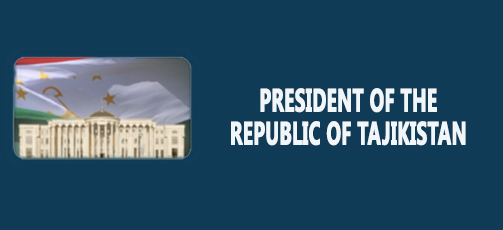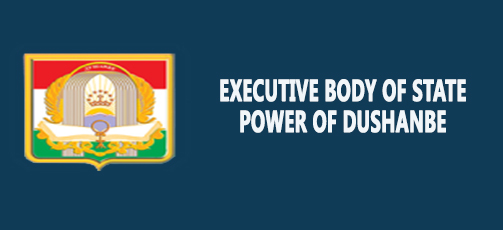The Telegraph Publishes Article About ‘Machu Picchu of Tajikistan’
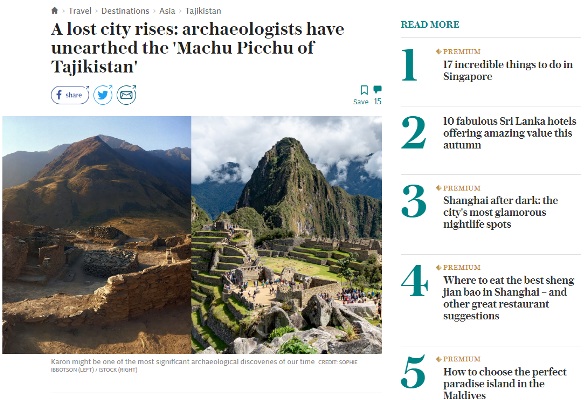
DUSHANBE, 21.08.2019 (NIAT Khovar) – The well-known British newspaper The Telegraph recently published an article titles A Lost City Rises: Archaeologists Have Unearthed the ‘Machu Picchu of Tajikistan.’
The article, in particular, reads:
‘In 2012, a Tajik landowner uncovered a curious man-made structure at an elevated site. Will this become one of the most significant archaeological discoveries of our time? Telegraph Travel went to investigate, reads the article.
In the 21st century, an era of satellite imaging when we thought the entire world had been mapped, it hardly seems plausible that a complete city could be lost, writes the Ibbotson.
How could you possibly miss palaces and polo fields, temples, mausoleums, and mines? Especially when they are located in a strategically important position overlooking the border with Afghanistan, says the author.
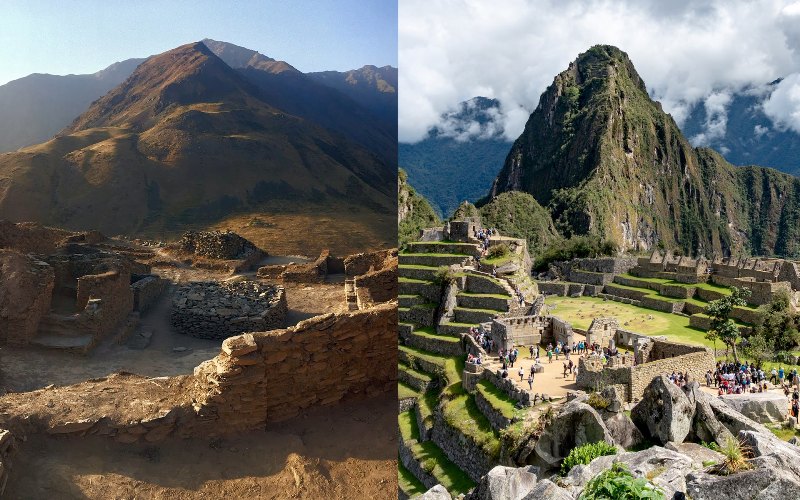
Karon might be one of the most significant archaeological discoveries of our time CREDIT: SOPHIE IBBOTSON (LEFT) / ISTOCK (RIGHT)
But in 2012, on a mountaintop high above the River Panj on the edge of Tajikistan’s Gorno-Badakhshan Autonomous Region, a local landowner called in veteran archaeologist Yusufsho Yakubov to examine a curious, man-made structure he found in an elevated spot about 5 km from the town of Kalai Khumb, reminds Ibbotson.
This was the first sighting of Castle Karon.
Seven years on, Yukubov and his team are still digging. Every season, the extent and significance of the discovery becomes more apparent. The Karon site covers more than 100 hectares, and the styling of the oldest monumental architecture dates it to the second millennium BC, though parts may have been occupied as recently as 500 years ago. The Zoroastrian water temple dedicated to a river deity is the only one of its kind in Central Asia; and evidence of blood sacrifices suggest that Mithraism was practiced here, too.
The ascent to Karon is along a hairpin track roughly hewn into the cliff face above the Pamir Highway. A Toyota Land Cruiser can’t make it around the bends in one go, so the driver must nudge his way forward and back in a multi-point turn around each corner. As a powerless passenger, it’s best not to think what would happen if his accelerator foot were to slip.
Reaching the top, I thanked whichever god had got me there in one piece, and turned to breathe in the view. The River Panj was silvery in the late afternoon light, deep shadows enhanced the crevices and cliffs of the rugged landscape, and I looked down on the Afghan villages across the border.
This gateway was once on the caravan trail to Khorog; Silk Road merchants would have paid their taxes at the customs post, then entered the city to spend the night safe from bandits and wolves. The guards had unobstructed views along the valleys, and a strategic position they could easily defend.
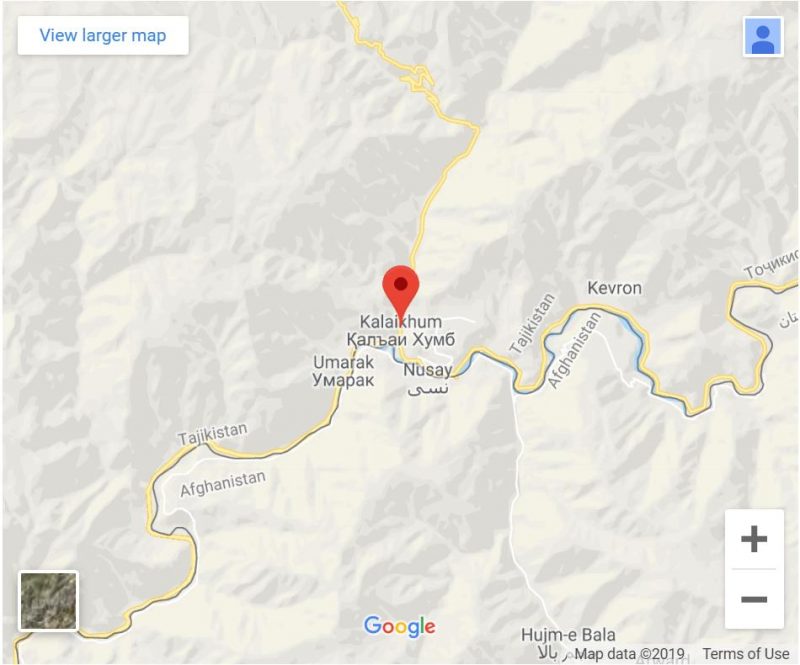
Karon was divided into four parts, the lowest of which was the polo field. Wide and flat, the ground must have been levelled for play. Like their ancient Roman and Greek counterparts, Karon’s residents loved a spectacle. The stadium they built measured 300 by 50 metres and accommodated more than 10,000 spectators (both men and women), six times the population of Kalai Khumb today. The outer walls remain, plus a raised platform where the shah would have sat to watch.
Identifying the fire temple nearby was a more challenging endeavour. Built from an earthquake resistant combination of volcanic stones, timber beams, and clay mortar, Yukubov originally thought it was burial monument. But there’s no chamber for a body inside. In fact, it’s been constructed like a ziggurat, but on a substantial, cross shaped base. For Zoroastrians, the cross was the symbol of the fire and the sun. The discovery of a ritual basin fed by a water pipe strengthened the hypothesis that this was a temple. There are architectural parallels in Iran, but if anything else like it was built in Central Asia, it has not survived.
The upper parts of the site aren’t visible until you start to climb; to the untrained eye, the citadel looks like a grass covered hill, with a few rocky outcrops and – a controversial recent addition – some cellphone masts.
The magic happens when the gravel footpath peters out and you reach the top. Layer after layer of sandy soil has been removed, revealing multi-storey buildings with their staircases intact, broad streets, and even an altar niche with remnants of its original paint. Against the backdrop of muscular hills, it’s no wonder comparisons have been made between Karon and Machu Picchu. Yukubov excitedly showed me the latest find: a stone vessel large enough for a child to sit inside. It’s pristine, unweathered. If you wanted to fill it with grain or wine for storage, you could.
Karon’s physical profile will change at the end of the season; after each year’s dig, the most vulnerable sections must be re-covered with soil to protect them from the elements until such time the site can be fully conserved.
There’s decades of work still to be done to excavate and interpret the finds, and to share news of their existence with the rest of the world, but indications are such that Karon might rank as one of the greatest archeological discoveries of our time.’
In 2012, Tajik and Russian archaeologists found the ancient city of Karon in Darvaz district, which, according to some sources, is about 4 thousand years old.
Khovar’s correspondent recently talked with the famous archaeologist, scientist-historian, academician Yusufsho Yakubov, who, in fact, was the first to find an ancient city with an amazing name.
“Local residents, of course, knew that at an altitude of 2,000 meters above sea level there is some old castle, which has long been covered with soil. When I came to look at this place, I found only a large hill. But having examined and studied everything around, I came to the conclusion that this is most likely a five-domed temple of fire. Fortunately, this conclusion turned out to be reliable,” said Yakubov.
According to Yakubov, over the past six years, fragments of a temple of water, two temples of a wind, a windmill, the holy book of the Zoroastrians,- Avesta, the remains of a large polo field, halls, administrative and residential buildings have been found here.
“Karon was a royal city. Here lived the king, viziers, and royal servants. Ordinary people lived beyond its borders, in the nearest villages. Until the 10th century, Zoroastrianism was practiced here, as evidenced not only by the altar of Otashkada (House of Fire), but also the oldest stone stand in the world on which the holy book of the Avesta was laid,” told Yakubov.
Karon, as Yakubov notes, ceased to exist in the 15th century, and it is believed that the inhabitants left it due to depletion of water resources.
According to Yakubov, it will take at least another 15 years of study to fully describe the history of the city.
In Tajikistan, you can also familiarize yourself with one more such miracle – an ancient city of Sarazm, a joint study of which is conducted by Tajik, Russian and French scholars.
The name of the city speaks for itself that its etymological roots lead to the Tajik word ‘sarizamin’, that is, ‘the beginning of the earth.’ Indeed, Sarazm is the founder of a large civilization and a new distinctive cultural stratum.
In 2003, the President Emomali Rahmon visited the historical and cultural reserve and instructed to pay special attention to the ancient monument.
Then the territory of the reserve was fenced to ensure greater preservation of the ancient monument. Five archaeological sites were covered with metal structures.
In 2010, the ancient historical monument Sarazm was inclyded in the UNESCO World Heritage List.
The government of Tajikistan plans to celebrate the 5500th anniversary of the ancient city of Sarazm, which is located on the western outskirts of the city of Panjakent, in 2020, during the celebrations of the 29th anniversary of Tajikistan’s independence.
Akramkhoja AKBAR,
Beknazar ABUBAKR
Khushnud RAHMATULLO,
NIAT Khovar












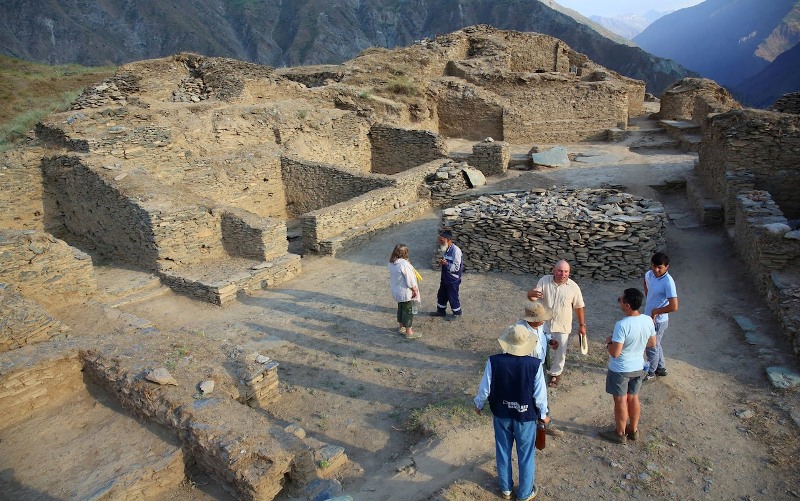
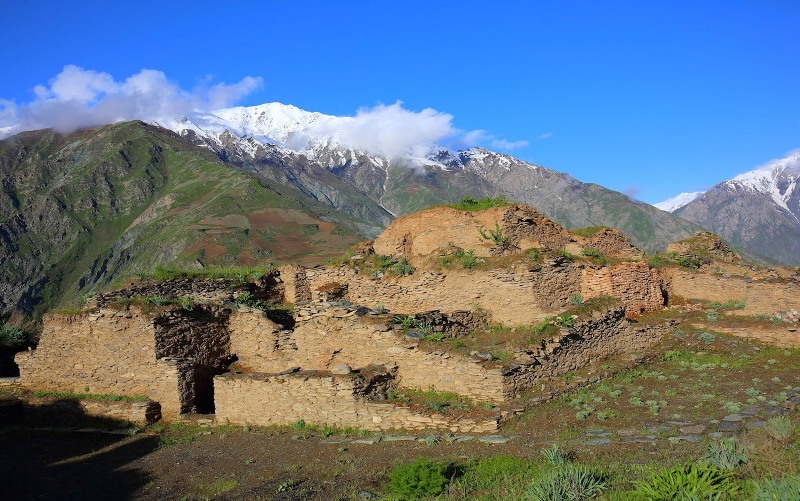
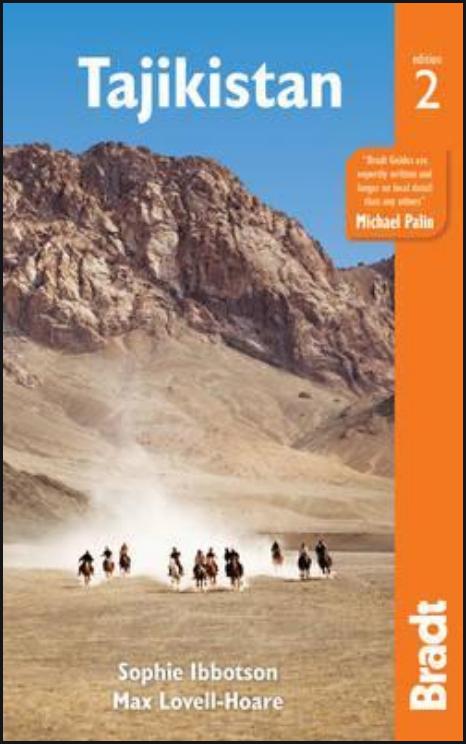

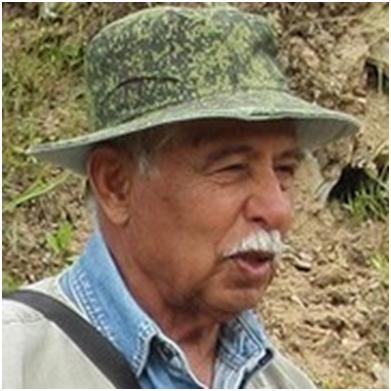

 Tajikistan to host Chinese Culture Days
Tajikistan to host Chinese Culture Days Dushanbe to Host Free “City Tour” on World Tourism Day
Dushanbe to Host Free “City Tour” on World Tourism Day DITE-2025: Dushanbe Emerging as a New International Tourism Hub
DITE-2025: Dushanbe Emerging as a New International Tourism Hub Dushanbe to Host Annual Tourism Exhibition
Dushanbe to Host Annual Tourism Exhibition Over 200 Companies Participate in DITE-2025
Over 200 Companies Participate in DITE-2025 DITE-2025 Kicks Off at the Dushanbe Expo International Center
DITE-2025 Kicks Off at the Dushanbe Expo International Center Dushanbe Steps Up Preparations for Major International Tourism Exhibition
Dushanbe Steps Up Preparations for Major International Tourism Exhibition National Museum of Tajikistan to Exhibit Artifacts at International Exhibition in China
National Museum of Tajikistan to Exhibit Artifacts at International Exhibition in China Over 450,000 Tourists Arrived in Dushanbe in 2025
Over 450,000 Tourists Arrived in Dushanbe in 2025 Filmmakers from 20 Countries to Participate in the International “Toji Somon” Film Festival
Filmmakers from 20 Countries to Participate in the International “Toji Somon” Film Festival Opening Ceremony of the Days of Mongolian Culture Held in Tajikistan
Opening Ceremony of the Days of Mongolian Culture Held in Tajikistan









